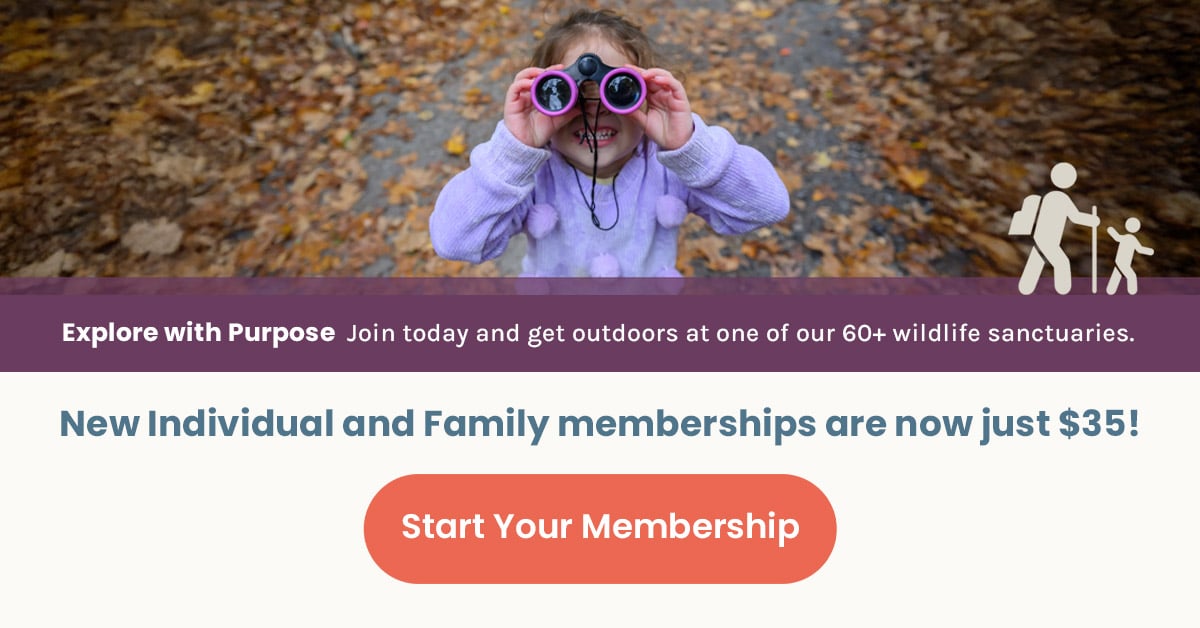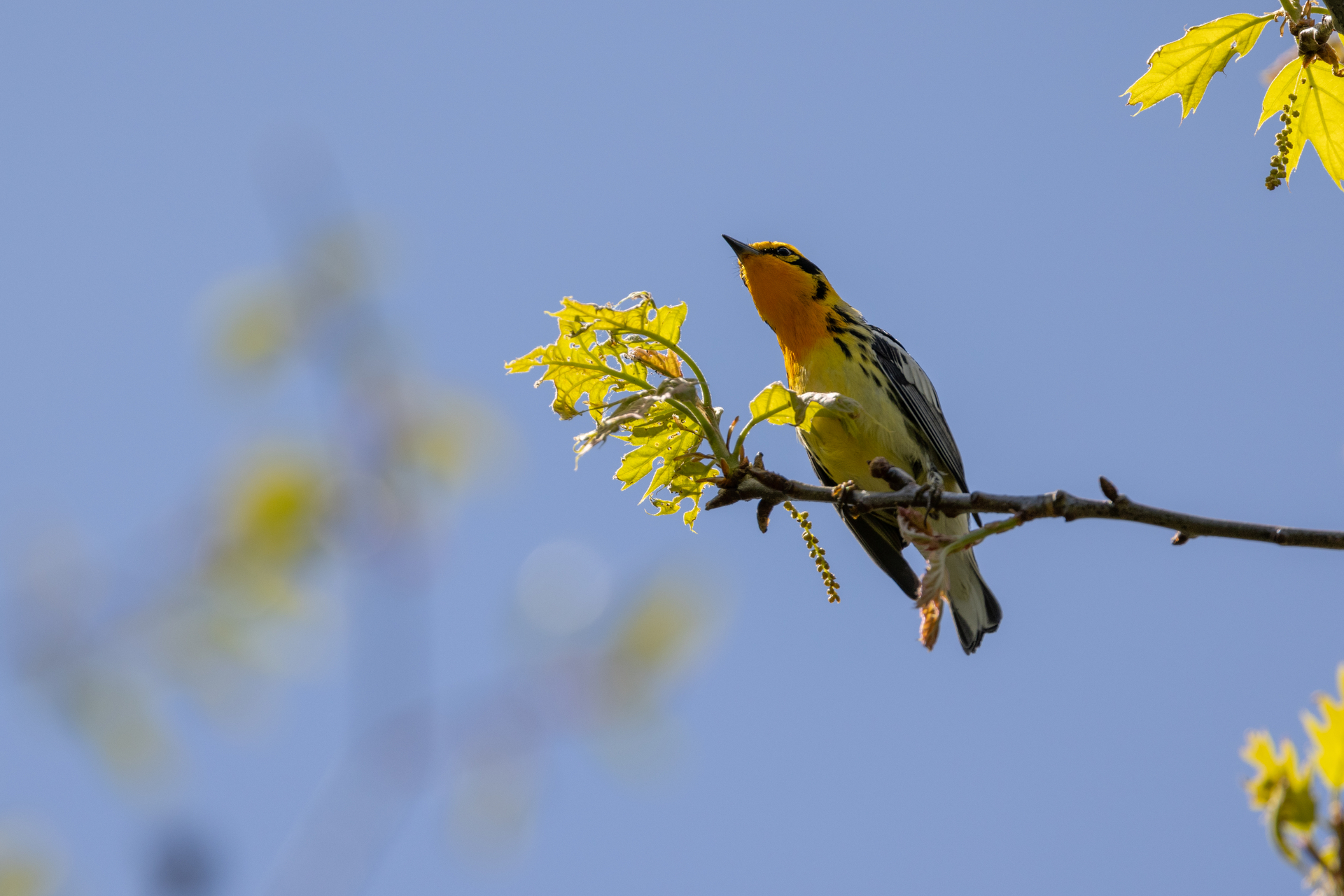Birds in Massachusetts
Helping Injured Birds
From time to time, nature lovers and homeowners may come across injured birds. In order to limit harm—and prevent further damage—it’s important to follow the proper steps.
Observe First, Act Second
During the late spring and summer many baby birds leave the nest prematurely. Unable to fly, these nestlings are sometimes mistaken for injured birds. Observe the bird for a couple of hours. If it can walk, hop, and flap its wings, or if adult birds are nearby, leave the bird alone. The parents will continue to care for it.
Hawks sometimes perch on a tree branch for hours, watching for prey, or possibly digesting prey they have just eaten. This is normal behavior; the bird is not injured and will fly off in time.
During the fall, winter, and early spring (September to mid-May), a bird on the ground unable to fly is probably injured. Slowly approach the bird, and if it doesn't fly away when you’re within 10 feet or so, you can assume something’s wrong.
When a bird hits a window, swelling in the brain may temporarily incapacitate it. In some cases, it will recover on its own. If there are cats or other predators nearby, place the bird in an enclosed box or under a colander to keep it safe. Handle the bird as little as possible and do not attempt to give it food or water. As the swelling subsides and the bird becomes more active, you may release it. If the bird doesn’t recover, you’ll need to enlist help (see below). Learn more about bird window collisions
Contact a Licensed Wildlife Rehabilitator
If a bird is really injured, consider contacting a licensed wildlife rehabilitator who can make an informed judgment about whether additional care is possible and advise on next steps. Most rehabilitators are volunteers who do this in their spare time, so it may be difficult to reach one immediately.
If there’s a concern about predators, place the bird in a small box that is ventilated at the top and put the box in a dark, quiet location away from drafts and noise. You can place a shallow water dish in the box, but do not force feed the bird. Be sure to remove the water before transporting the bird to a rehabilitator.
If you’re unable to contact a wildlife rehabilitator, place the bird out of sight with as little handling as possible and let nature take its course.
Death of a Wild Animal
Well-intended attempts to help an injured or sick animal often result in prolonged suffering and distress. Even though people have the animal's best interest in mind, the more humane approach would be to allow the bird to die a natural death.
The natural world is very different from our world. Predation is the only way most wild creatures survive. Many of our small birds eat insects, and larger birds at the top of the food chain prey on small birds or mammals. A sick or injured bird will become prey for another animal, helping to assure the predator's survival for another day or two.
Mortality in wildlife populations is normally very high. Research shows that in many species, fewer than 50 percent of baby birds survive to adulthood. This seems harsh to people, but it is nature's way of maintaining numbers that the environment can support.
Learn More About Bird Situations & Solutions
You're likely to encounter birds many times over the course of a year. Familiarize yourself with common birds found in Massachusetts, as well as what to do when bird and human life overlap.
Upcoming Programs on Birds
See MoreFall Bird Walk at Cedar Pond
-
Cedar Pond Wildlife Sanctuary, Wenham
-
Friday, November 14
8:30-10:30am
Adults
Bird Research in Action
-
Wellfleet Bay Wildlife Sanctuary, South Wellfleet
-
Friday, November 14
8:30-9:30am
Adults & Families - 8 - 17
Monthly Bird Walks
-
Magazine Beach Park Nature Center, Cambridge
-
Saturday, November 15
8:00-10:00am
Adults
Stay Connected
Don't miss a beat on all the ways you can get outdoors, celebrate nature, and get involved.



